College life in Japan isn’t what most people think, especially when it comes to food. Students there deal with packed schedules, tight money, and trying to eat somewhat healthy. Let’s check out what they’re actually eating during lunch breaks.
Common Lunch Options in University Cafeterias
Japanese university lunch options change depending on the school, but most campuses have cheap cafeterias with both Japanese and Western food. These places usually serve set meals (teishoku) with a main dish, rice, miso soup, and some veggies – all for about 400-600 yen ($3-5).
Students go to these cafeterias because the food is decent and won’t break the bank. When you’re swamped with schoolwork, a thesis writing service KingEssays.com can help you manage your time better so you can actually eat proper meals during crazy exam weeks.
The cafeteria favorites are curry rice, tonkatsu (fried pork), udon or soba noodles, and donburi (stuff on rice). These fill you up and give you energy to make it through afternoon classes.
Convenience Store Culture
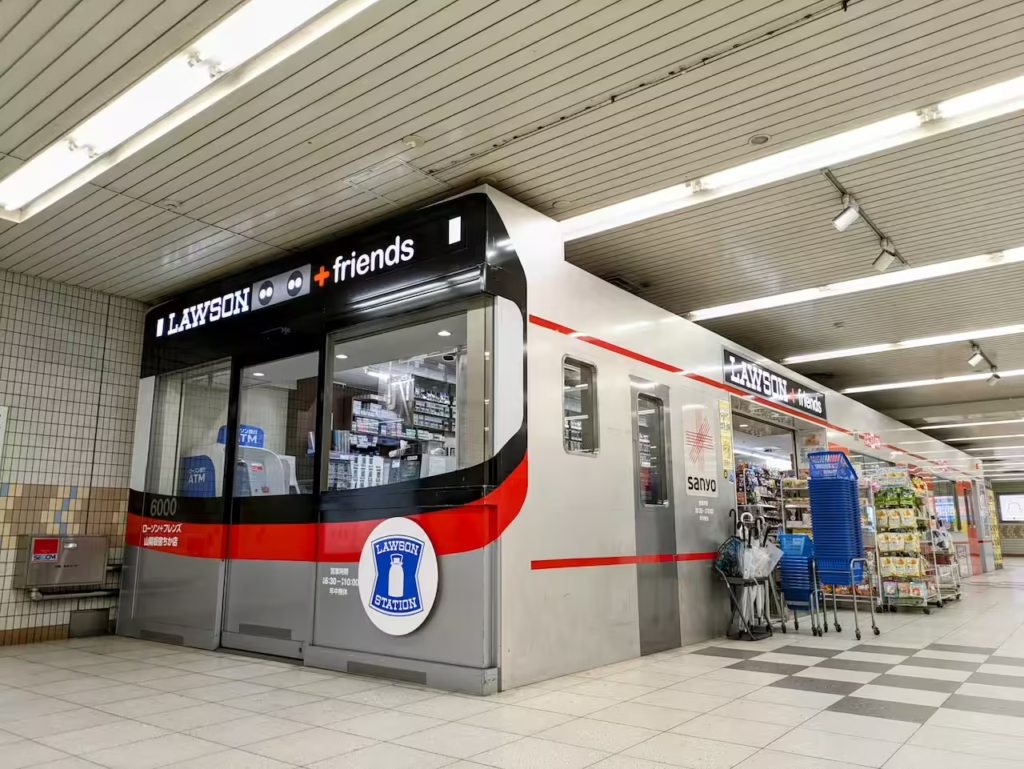
When students can’t get to the cafeteria, they hit up konbini (convenience stores). What students eat in Japan often comes down to which 7-Eleven, Lawson, or FamilyMart is closest to their classroom.
A study from 2022 showed about 40% of university students buy lunch from convenience stores at least three times every week. These places have surprisingly good food:
- Onigiri (rice balls) – 100-150 yen each
- Bento boxes – 400-700 yen
- Sandwiches – 200-400 yen
- Bread and pastries – 100-300 yen
When assignments pile up, a trustworthy essay writing service can take some pressure off while students grab these quick meals between classes.
Budget-Conscious Choices
Money problems really shape college lunch habits in Japan. Research shows Japanese students spend around 500-700 yen ($4-6) daily on lunch – way less than people with full-time jobs.
To save cash, lots of students bring lunch from home. A typical Japanese student lunch might have:
- Rice (usually leftover)
- Tamagoyaki (egg roll thing)
- Whatever meat or veggies were left from dinner
- Some pickles or seaweed
- Maybe a fruit if they’re fancy
Some go for super cheap options like cup noodles or discounted bentos from supermarkets (the ones marked down at the end of the day). Free unlimited revisions of EssayEriterCheap ensure papers meet all client requirements and standards, kind of like how these students carefully watch their food spending to get the most bang for their buck.
Regional and Seasonal Variations
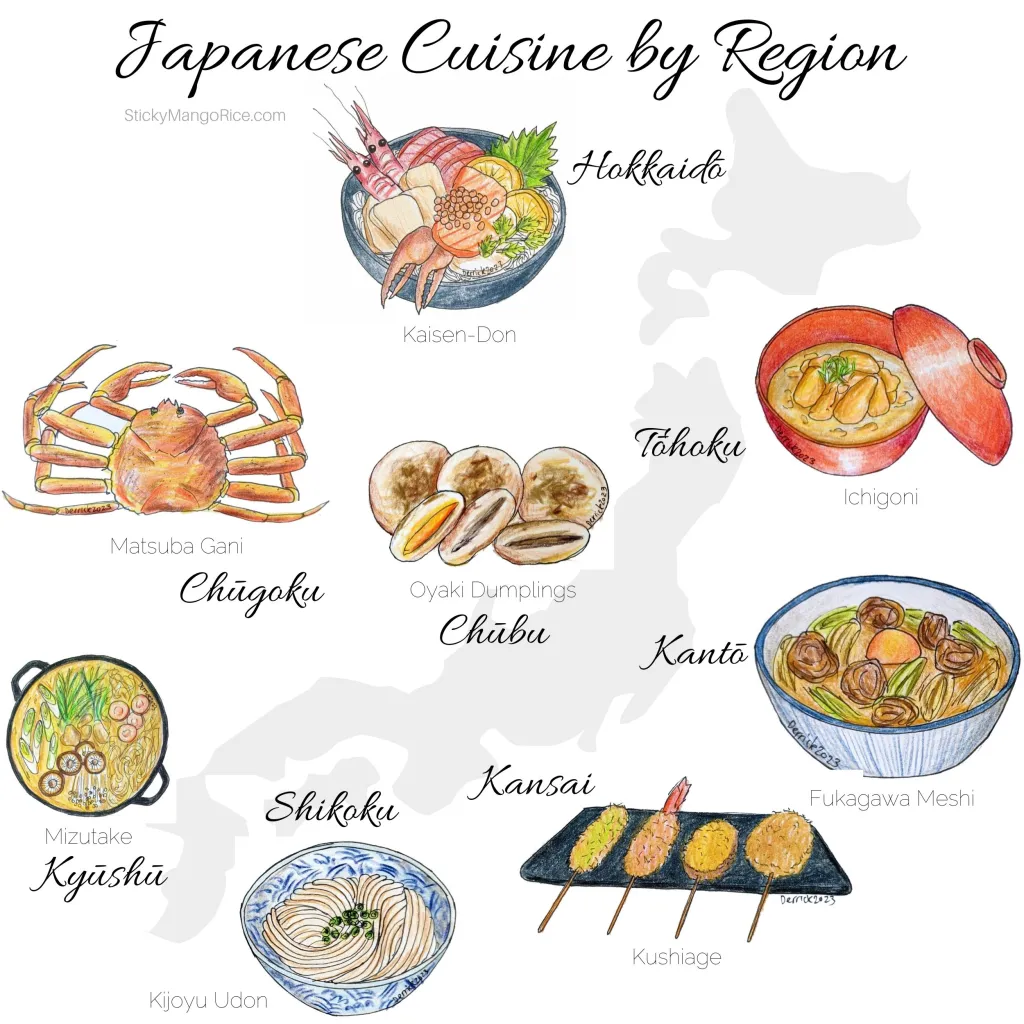
Japan’s big on seasons and regional food, and this affects what students eat. Up in Hokkaido, students eat heavier, warmer food in winter, while down in Kyushu they might have more seafood year-round.
At Kyoto University, students often eat local stuff like yudofu (hot tofu) or Kyoto-style sushi. At Tohoku University up north, students go for hot miso soups and local rice when it’s cold out.
The seasons matter too. Spring brings cherry blossom-themed snacks, and fall means chestnut and sweet potato shows up in everything.
Time-Saving Solutions
Between classes, studying, part-time jobs, and club activities, time is super precious. This really affects how students eat.
The user-friendly KingEssays platform makes ordering and communication with writers easy, just like how Japanese students want their lunch routine to be simple. They turn to:
- Pre-made bentos from supermarkets
- Food trucks on campus
- Meal kits delivered weekly
- Cooking with roommates to save time and money
Some just skip lunch completely and eat small snacks throughout the day between classes.
Health Consciousness vs. Convenience
Convenience usually wins, but Japanese students are thinking more about health these days. More students are using phone apps to track what they eat – about 35% more since 2019.
Campus nutrition workshops are getting popular. Tokyo University had packed rooms for their “Healthy Eating on a Budget” sessions last year. Some schools are putting healthier options in their cafeterias.
But let’s be real – fast, convenient food is still what most students eat. They’re constantly torn between wanting to be healthy and needing something quick and cheap.
Japanese college students deal with a weird mix of traditional food culture, convenience needs, money issues, and trying to be somewhat healthy. From cafeteria food to homemade lunches, what they eat shows both practical concerns and Japanese food values – creating a unique student food scene that keeps changing with each new batch of college kids.
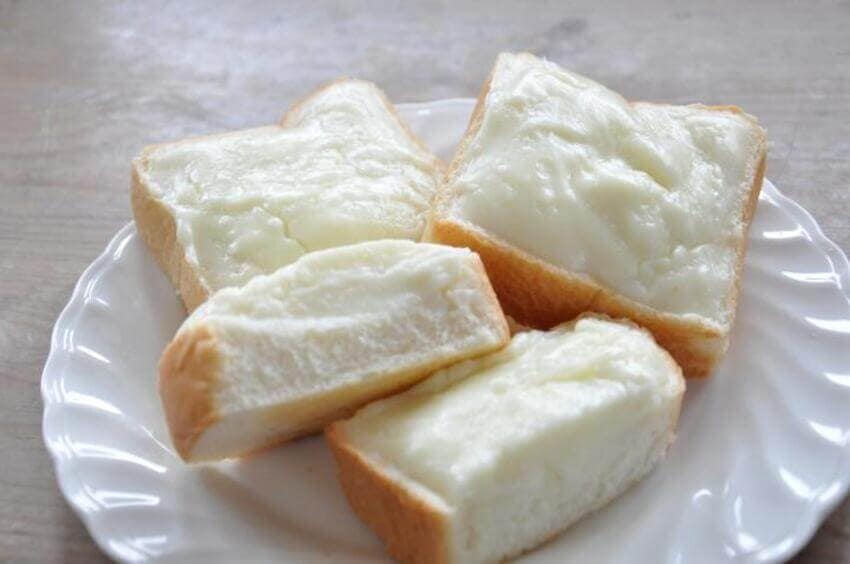
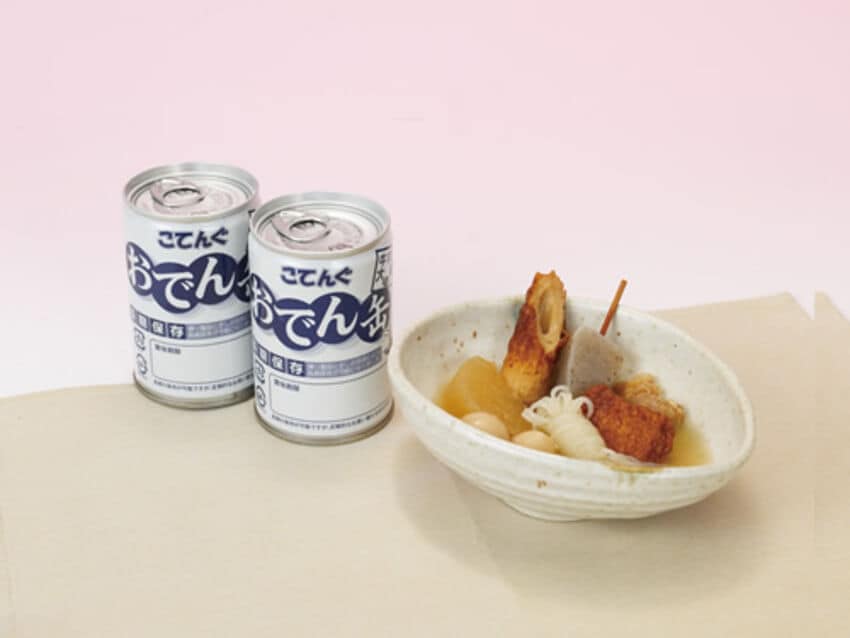
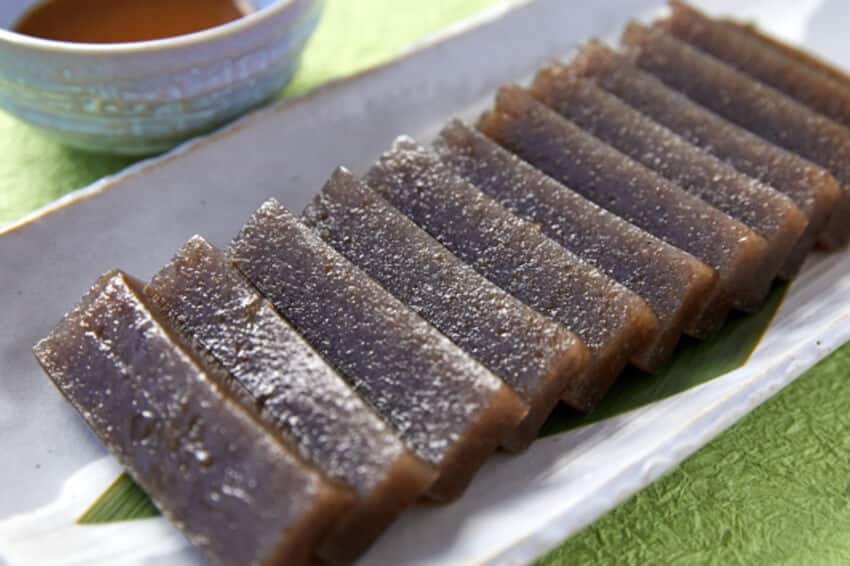
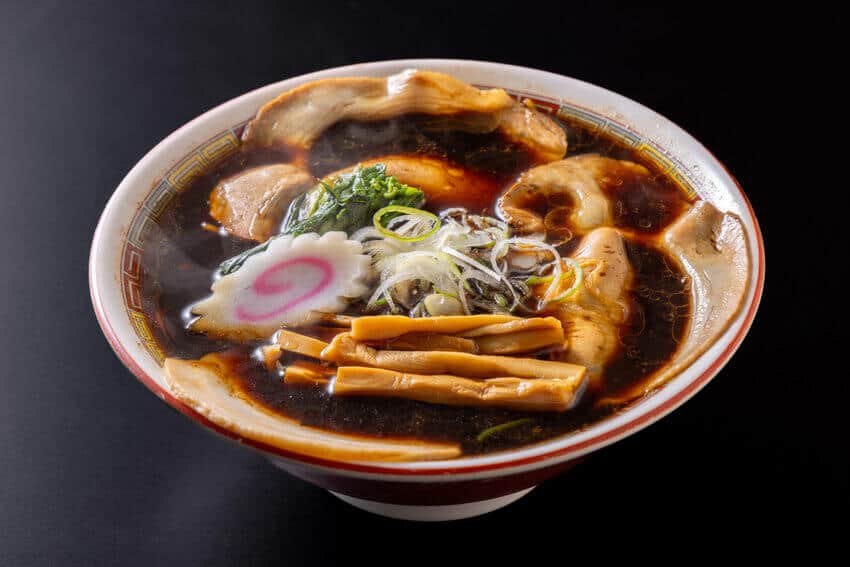
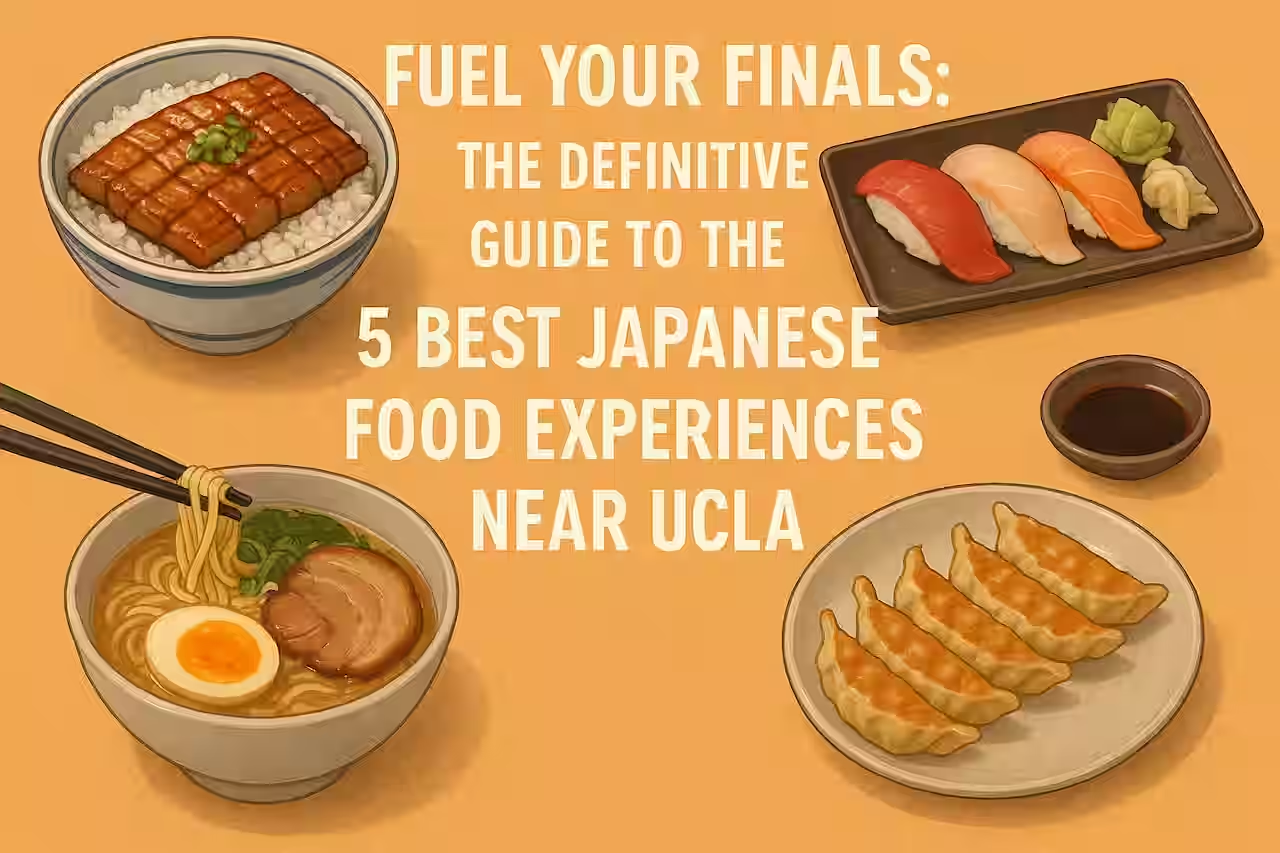

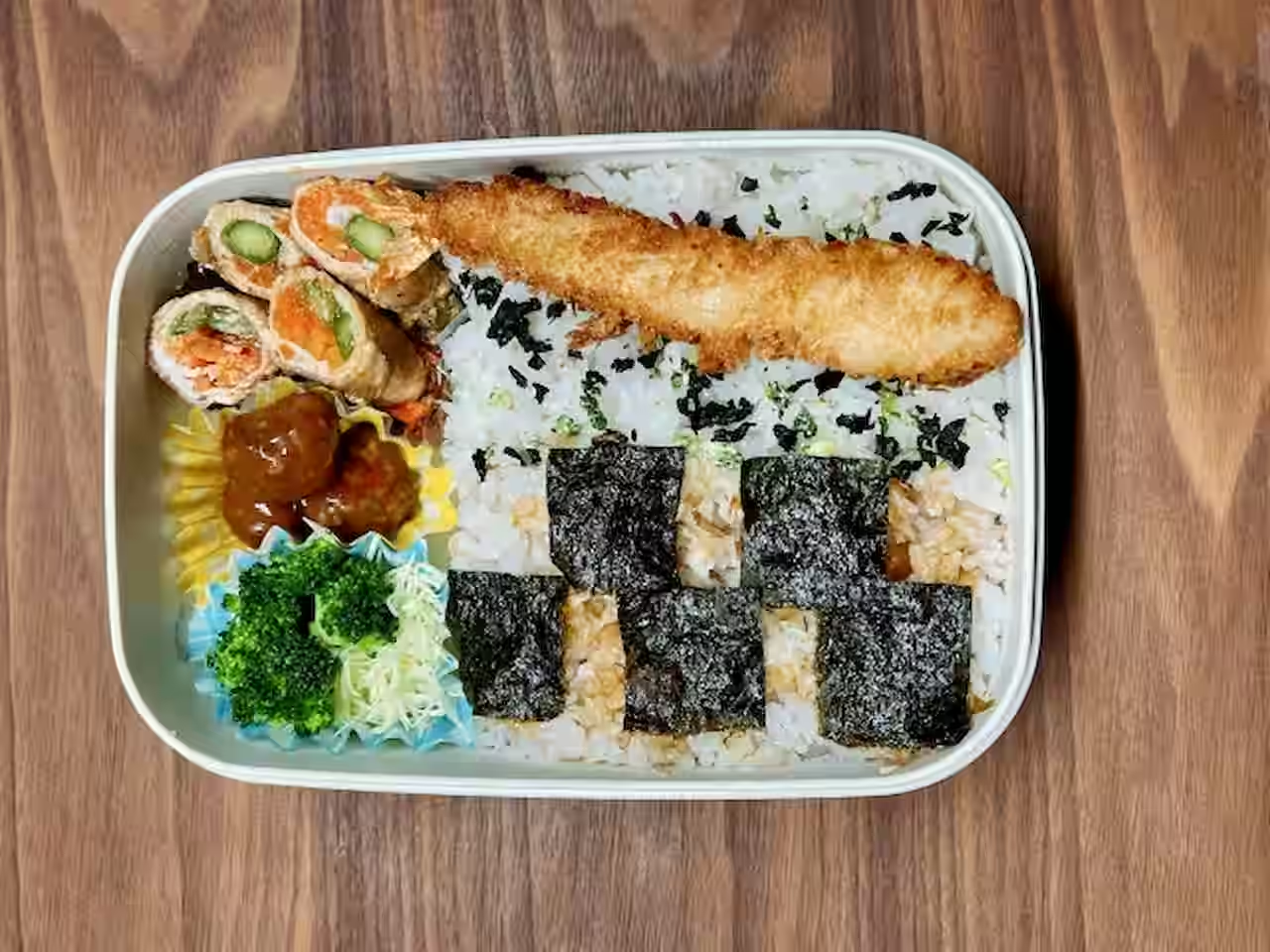
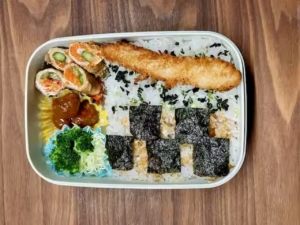
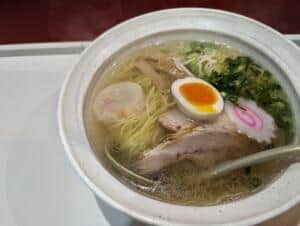
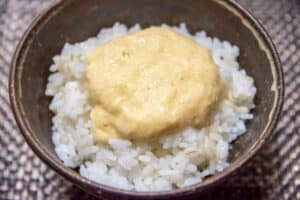
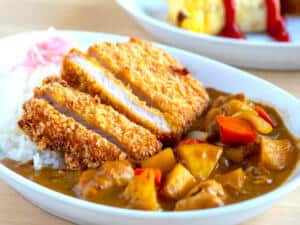
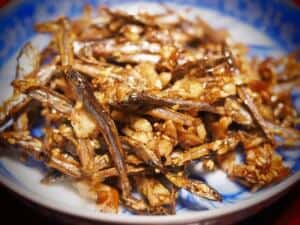
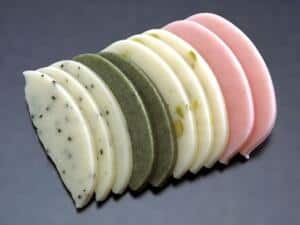

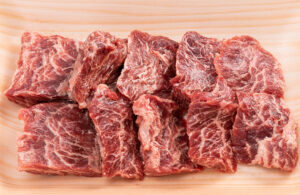
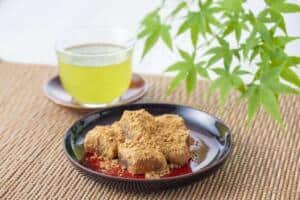
Comments